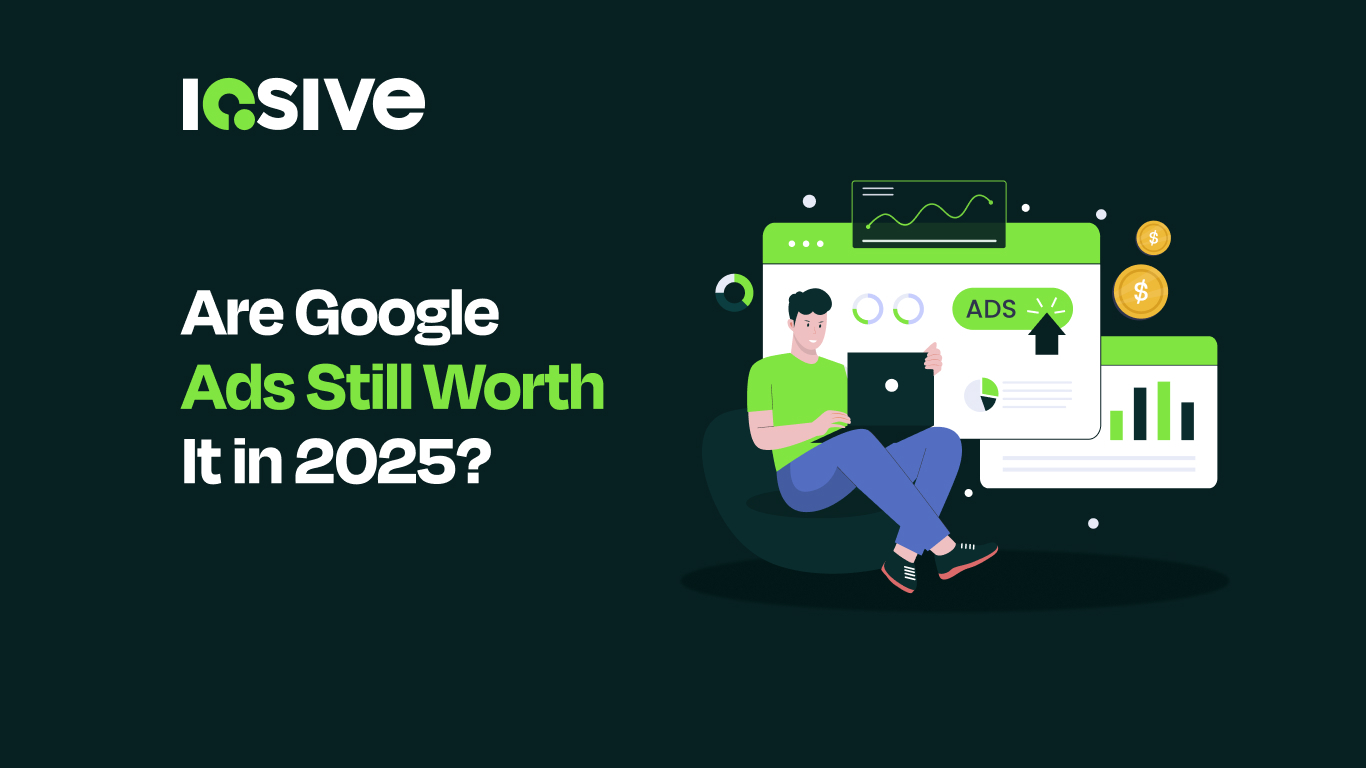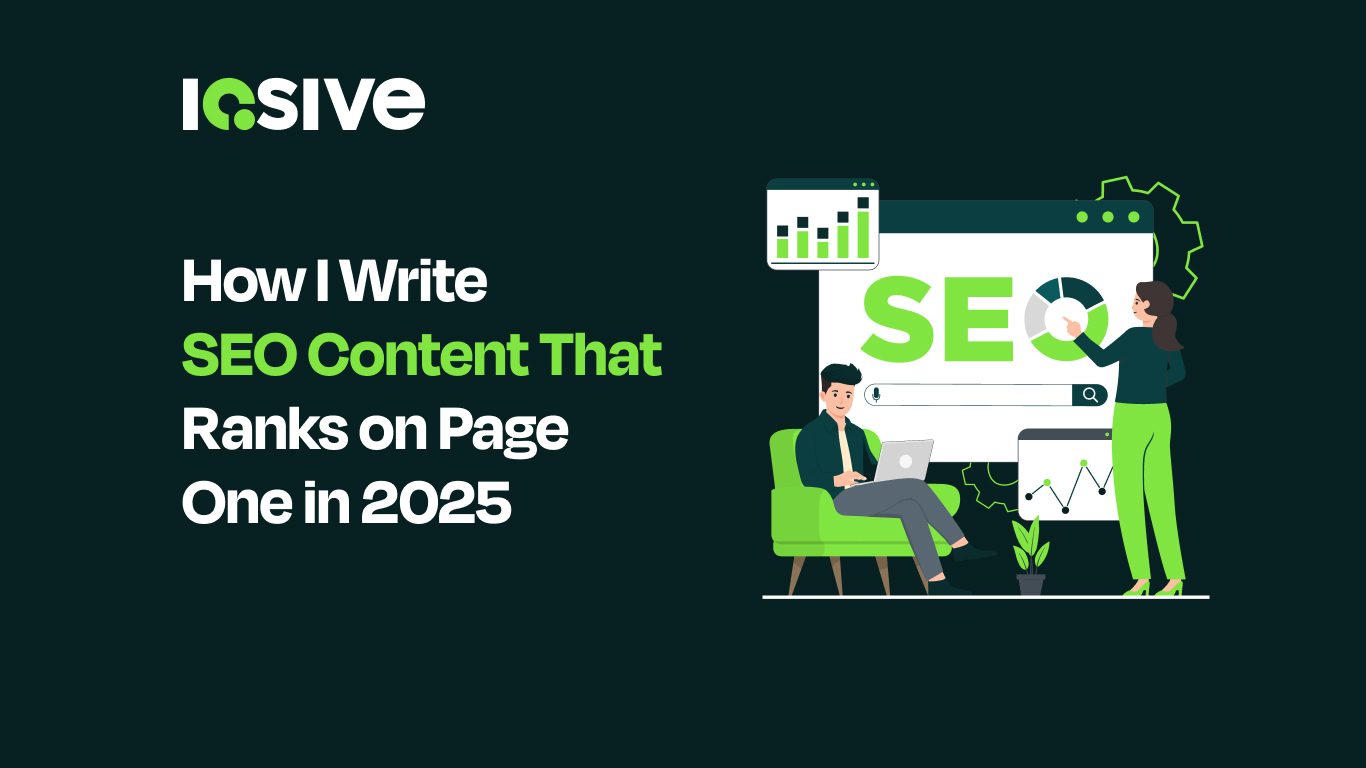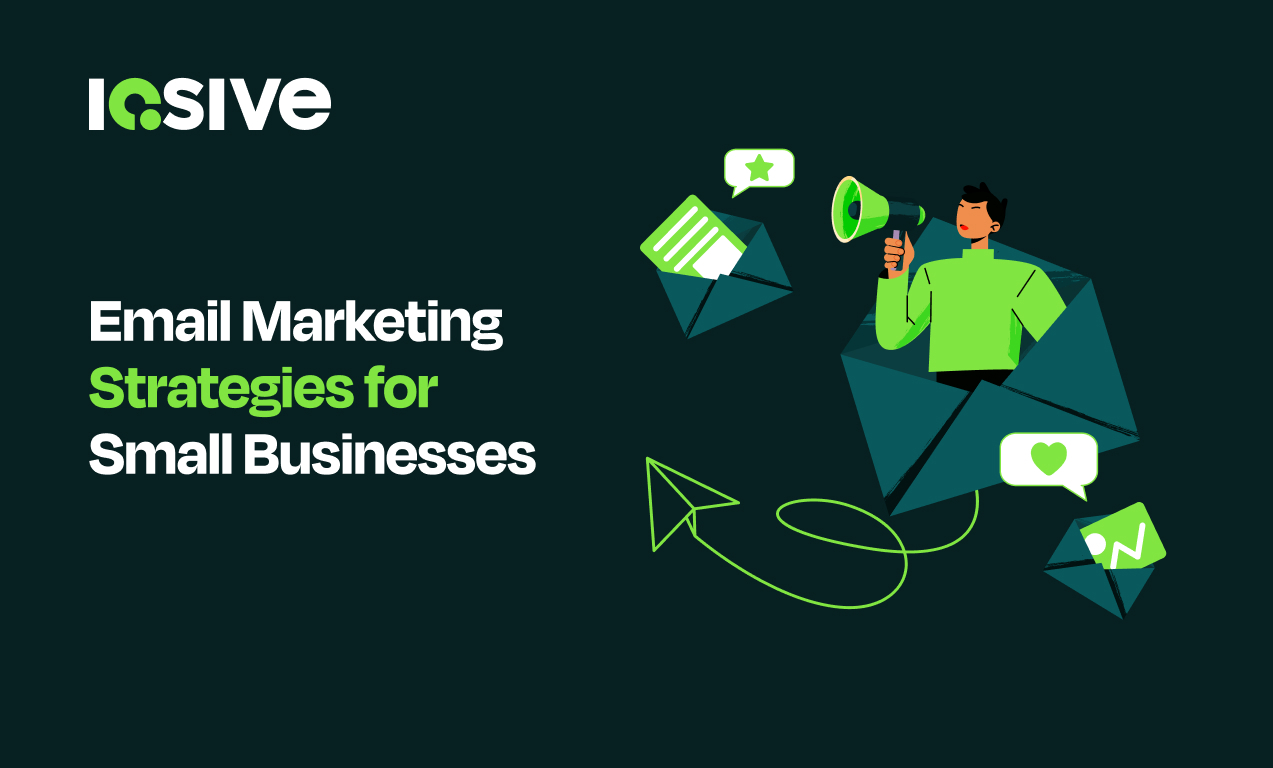In 2025, B2B marketers face a complex digital advertising landscape shaped by evolving buyer behavior, stricter privacy regulations, and increasingly intelligent ad platforms. Amid these shifts, one pressing question remains: do Google Ads still work for B2B lead generation, or are there better alternatives?
Table of Contents
This guide breaks down exactly how Google Ads is performing for B2B services in 2025, which strategies are working, and where businesses may be wasting budget. Whether you’re leading a demand gen team at a SaaS startup or overseeing growth for a B2B consulting firm, this is your roadmap for making informed, ROI-driven decisions.
The Evolving Role of Google Ads in B2B Marketing
How B2B buyer behavior has changed in 2025
B2B buyers in 2025 are more self-directed, digitally empowered, and risk-averse than ever. According to Gartner, the average B2B buying group now includes 6 to 10 decision-makers, each conducting independent research online before engaging sales. Search remains a key touchpoint, but buyers expect more tailored, authoritative, and timely information across the journey.
Google Ads has adapted by offering more granular targeting options and improved machine learning. However, marketers must now meet buyers with greater precision and relevance, especially in the early research phase, where trust is often won or lost.
Google’s algorithm updates and their B2B impact
With the rollout of Google’s Search Generative Experience (SGE) and enhanced spam detection systems, low-quality ad strategies no longer survive. Thin landing pages, misleading ad copy, or irrelevant targeting are penalized with higher CPCs or ad disapprovals. Google has also prioritized E-E-A-T (Experience, Expertise, Authoritativeness, Trustworthiness), demanding that advertisers align their content and ads with credible, user-focused experiences.
For B2B advertisers, this means SEO and paid must now work hand in hand to establish topical authority, especially in technical or regulated industries.
The growing influence of AI and automation in ad targeting
AI-driven automation dominates Google Ads in 2025. Features like Performance Max campaigns and smart bidding strategies use machine learning to optimize ad delivery across platforms and devices. While this can improve scalability, it also requires marketers to relinquish some manual control.
To succeed, B2B teams must train the AI with clean data, structured conversion tracking, and well-crafted creative assets. Without these, automation can amplify inefficiencies rather than fix them.
Do Google Ads Still Deliver ROI for B2B in 2025?
Industry benchmarks for B2B Google Ads performance
Performance varies by industry and funnel stage, but according to Wordstream’s latest B2B PPC benchmarks (Q1 2025):
- Average CTR: 2.65% (Search), 0.65% (Display)
- Average CPC: $4.25 (Search), $1.15 (Display)
- Average Conversion Rate: 5.2% (Search), 0.95% (Display)
- Average CPL (Cost per Lead): $120–$350 depending on industry complexity
While these numbers may appear high, B2B leads, particularly in SaaS, legal, or enterprise tech, often have lifetime values that justify the cost, provided lead quality is high.
Key metrics to track for high-value B2B conversions
Beyond clicks and conversions, smart B2B marketers track:
- Marketing Qualified Leads (MQLs)
- Sales Qualified Leads (SQLs)
- Pipeline influenced ($)
- Lead-to-opportunity ratio
- Return on Ad Spend (ROAS)
Attribution is also critical. Multi-touch models are preferred in 2025, as single-touch attribution (e.g., last click) obscures the real contribution of Google Ads across the funnel.
Comparing paid vs. organic lead quality
Organic traffic often brings more informed visitors, but it’s slower to build and harder to scale. Paid traffic, when well-targeted, delivers faster results and captures high-intent searches.
In recent surveys, B2B marketers report that paid search leads convert 25-40% faster than organic ones, though they are more expensive. Ideally, your marketing strategy should blend both, using paid to test messaging and organic to sustain visibility.
Top Google Ads Strategies That Drive B2B Leads Now
Smart segmentation and B2B audience targeting
2025’s most effective B2B campaigns use detailed segmentation based on:
- Company size
- Industry vertical
- Job title or function
- Buyer journey stage
- Account-based lists (via Customer Match)
Google’s AI tools can also layer in predictive audiences, such as “likely B2B software buyer,” helping marketers find in-market decision-makers more efficiently.
Leveraging intent-driven keyword clusters
Rather than targeting single keywords, successful advertisers build campaigns around clusters that reflect the buyer’s intent. For example:
- Early stage: “how to reduce churn in SaaS”
- Mid stage: “SaaS customer success platforms”
- Late stage: “Best SaaS retention software pricing”
This approach aligns with the full buyer journey and improves Quality Score by increasing ad relevance.
High-converting ad copy for complex B2B offers
Strong B2B ad copy must balance clarity, credibility, and urgency. Key practices:
- Use specific value props (e.g., “Cut onboarding time by 42%”)
- Reference social proof (“Used by 5,000+ B2B teams”)
- Include CTAs that match the stage (“See how it works,” not just “Buy now”)
- Avoid jargon unless it’s audience-specific
Using Performance Max for B2B reach and scale
While initially geared toward B2C, Performance Max campaigns now offer value for B2B when supported by:
- Rich creative assets (videos, images, headlines)
- Accurate offline conversion tracking
- CRM-integrated first-party audience lists
Advertisers using Performance Max for B2B must continuously monitor placements and asset combinations to avoid irrelevant impressions.
Common Pitfalls in B2B Google Ads Campaigns
Wasting budget on broad match keywords
Broad match can be useful,but only with conversion tracking and audience signals in place. Otherwise, it often triggers irrelevant searches, especially in technical or niche B2B fields. Use phrase match with modifiers or build custom intent audiences to avoid bleed.
Not optimizing for the B2B sales cycle
Unlike B2C, B2B buyers rarely convert on the first visit. If your campaigns don’t include remarketing, lead nurturing, or educational content offers (e.g., case studies, webinars), you’re leaving ROI on the table.
Misaligned landing pages and CTAs
A common error: sending high-intent traffic to generic homepages. In 2025, landing pages must be tailored, fast, mobile-optimized, and aligned with the ad’s promise. Each CTA should reflect where the visitor is in the funnel, whether that’s “Request a Quote” or “Download the Guide.”
Case Studies: B2B Brands Winning with Google Ads in 2025
SaaS lead generation with multi-touch retargeting
A mid-market HR SaaS provider reduced CPL by 38% using Google Ads + YouTube remarketing. After first-touch search clicks, they used Performance Max and LinkedIn-style video ads to re-engage users, eventually driving demo requests via direct search again an orchestrated loop that shortened sales cycles.
Niche service providers using geo-targeted search ads
A logistics consulting firm focused campaigns on metro areas near ports and manufacturing hubs. By combining location targeting with specific B2B terms (“3PL compliance audit service”), they achieved 7.4% conversion rates nearly triple the industry average.
B2B ecommerce scaling with Google Shopping
A B2B tools supplier integrated their product catalog into Google Shopping via Merchant Center. By optimizing feed titles and using negative keywords to avoid DIY customers, they doubled their ROAS in less than 90 days.
Should You Still Invest in Google Ads for B2B in 2025?
When Google Ads makes sense and when it doesn’t
Google Ads works well when:
- You offer a search-driven solution with measurable demand
- You have a clear funnel and offer (e.g., demos, consultations)
- Your sales team can handle lead follow-up efficiently
It may not be the best channel if:
- Your offer requires deep trust before engagement
- You’re in a new or unsearchable category
- Your CAC targets are very low
Alternatives and complementary channels for B2B leads
Don’t rely on Google Ads alone. In 2025, top-performing B2B funnels combine:
- LinkedIn Ads for job title targeting
- SEO for long-term authority and cost efficiency
- Email nurturing for high-ticket deal support
- YouTube/Video for educating complex buyers
Building a long-term paid media strategy
Your paid media strategy should scale with your data. Invest in:
- Attribution modeling
- First-party data (via CRM integration)
- Continuous creative testing
- Cross-channel remarketing
Paid media isn’t just about clicks,it’s a long-term engine for predictable pipeline growth.
FAQs:
Q1: Are Google Ads effective for B2B lead generation in 2025?
Yes, when paired with the right strategy and tracking, Google Ads remains highly effective for capturing high-intent B2B leads in 2025.
Q2: How can B2B companies improve ROI on Google Ads?
Refine targeting, optimize landing pages, track true pipeline metrics, and use smart bidding to increase ad efficiency.
Q3: What are the best Google Ads campaign types for B2B?
Search campaigns for high-intent terms, Performance Max for full-funnel reach, and remarketing for re-engagement.
Q4: Is Performance Max good for B2B advertisers in 2025?
Yes, especially when fed with strong creative, offline conversion tracking, and high-quality audience signals.
Q5: How does B2B targeting differ from B2C in Google Ads?
B2B targeting focuses on intent, industry, company size, and job role, while B2C often targets broader demographics and behaviors.
Q6: What common mistakes should B2B marketers avoid in Google Ads?
Using broad keywords without context, ignoring attribution, and failing to align ads with landing pages.
Q7: How long does it take to see results from B2B Google Ads?
Typically 30-90 days, depending on sales cycle length and campaign maturity.
Q8: Are there cheaper alternatives to Google Ads for B2B leads?
LinkedIn Ads, organic SEO, and partnerships often offer lower CACs over time, but are slower to scale.
Q9: How important are landing pages in B2B Google Ads success?
Critical, well-optimized, relevant landing pages directly affect Quality Score, conversion rate, and ROI.
Q10: What’s the average CPL for B2B services on Google Ads in 2025?
Between $120 and $350, depending on industry, targeting, and offer complexity.












